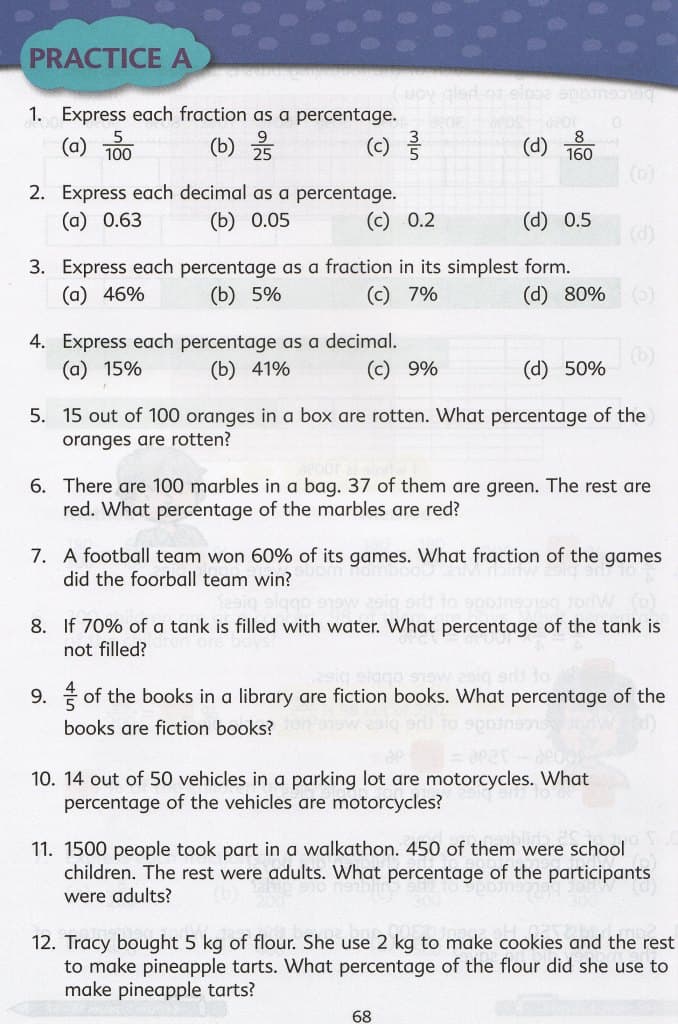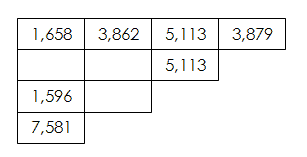From a discussion on the Well-Trained Mind Forums comes a question about some the supplemental material available for the Primary Mathematics curriculum:
On the (SingaporeMath.com) site there are some supplemental books I don’t recognize, but I can’t tell what they’re for–if they’re new-new or replacing-CWP-new
Math Works?
i-Excel?
Math Express?
Brain Maths?
First, these aren’t replacing CWP (Challenging Word Problems series), but they are fun books that are great supplements for homeschooling families or classrooms.
MathExpress: Speed Maths Strategies
Author: Li Fanglan
Published by Fan-Learning
Levels 1-6 available in the U.S. from Singaporemath.com
I recommend MathExpress if you are interested in becoming faster and more fluent with mental mathematics. Book levels 1 – 3 focus on basic mental math strategies with the four operations. Beyond that level, if you’re using them with students, some of these approaches can start making math look like a series of algorithms to memorize or tricks. It’s important that students understand the reason why these “short-cuts” (as they are referred to in the books), make mathematical sense.
An example from Level 1- Express Strategy 13:
Can you get the answer in 10 seconds?
26 + 49 = ?
58 + 37 = ?
There is a visual & written solution for each problem on the next two pages. Here’s the first written solution:
1 and 49 make 50.
Rewrite 26 as 25 + 1.
Add 1 to 49 to get 50 before adding 25.
An example from Level 2 – Express Strategy 9:
Can you get the answer in 10 seconds?
342 – 190 = ?
237 – 172 = ?
Again, there is a visual and written solution page for each problem. Here’s the first:
190 is 10 less than 200. Subtract 200 from 342 before adding 10.
After an explanation of the strategy, there is a page of practice, a page with two word problems and a Speed & Accuracy Test.
There are six volumes in the series:
Levels 1 and 2 include addition and subtraction.
Level 3 adds in multiplication and division.
Level 4 includes all four operations and decimals.
Level 5 has fractions and decimals.
Level 6 has strategies to check answers, percentages & advanced problem solving. Here are two 10-second problems from Level 6 and the first solution:
125 x 25 x 32
1/2 x 50 x 28 x 114 and 8 are factors of 32.
24 x 4 = 100 and 125 x 8 = 1000.
Multiply 25 by 4 and 125 x 8 before multiplying the two products.
Before working the solution to the second problem, the book provides this word problem:
A rectangular tank measuring 50 cm by 28 cm by 11 cm is half filled with water. Find the volume of water in the tank.
I highly recommend the upper level books for adults looking to improve their mental math abilities. I should also mention that the books have two diagnostic assessments at the back of the book, along with an Answer Key and Detailed Solutions. (You’ll find the solution to the 6th grade level problem above on 69.)
In the classroom
My students have so much fun working on these strategies. In a classroom, I’ve used these books with students AFTER concepts have been mastered to help students become faster with their mental computation. As an example, in a 3rd grade classroom, I would focus on the strategies in the Level 2 book for the first half of the year, then, depending on the students’ understanding of multiplication and division, I’d introduce some of the strategies from Level 3. These can conclude in wonderful mathematical conversations. Here’s an Express Strategy from Level 3 that should lead to an interesting discussion:
Can you get the answer in 10 seconds?
26 x 5 = ?
148 x 5 = ?
And the strategy:
2 fives = 10
Multiply 26 by 10 instead, then half the product.
26 x 5 = 26 x 10 ÷ 2= 260 ÷ 2
= 130
I’ve used the i-Excel and Brain Maths series. I’ll post reviews on those also. If you’ve used these materials, please share how in the comments below. I’d love to know how they worked in a classroom or in your home.






















